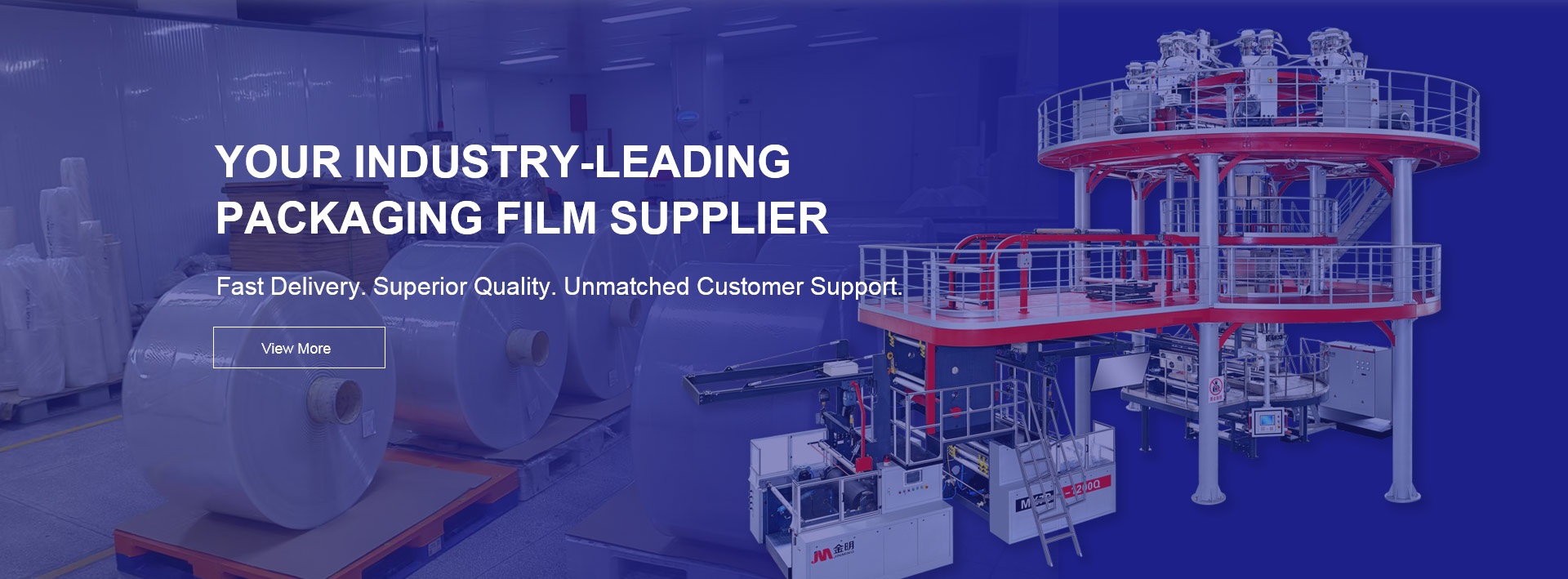
Freezer burn occurs when frozen food loses moisture and becomes dehydrated due to exposure to air inside the packaging. This process not only affects the taste and texture of the food but also leads to product waste and reduced shelf life. The most effective way to prevent freezer burn is to use high-quality barrier films designed to control moisture and oxygen transmission. Understanding how barrier films work can help manufacturers, retailers, and consumers preserve food quality for extended periods.
Freezer burn happens when water molecules in frozen food migrate to the surface and sublimate into ice crystals. Over time, this causes dehydration of the food tissue and oxidation of fats. The result is a dry, discolored surface with an unpleasant taste. Even though freezer-burned food is still safe to eat, its quality is significantly compromised. Preventing this issue requires packaging that can minimize the transfer of moisture and oxygen between the product and the external environment.
Barrier films are multilayered plastic films specifically engineered to resist moisture, oxygen, and odor transfer. These films are widely used in the frozen food industry because they create a protective seal that stabilizes the internal environment of the package. Their performance is measured through parameters such as Oxygen Transmission Rate (OTR) and Water Vapor Transmission Rate (WVTR). A low OTR and WVTR indicate superior protection, keeping frozen food fresh and intact for longer.
In addition to performance, barrier films are designed to maintain flexibility at low temperatures. This prevents cracking or delamination, which can occur when packaging becomes brittle under freezing conditions. The durability of these films ensures consistent protection throughout the product’s storage and transportation.
Low Moisture Permeability
Moisture control is essential to prevent dehydration. Barrier films made from materials like polyamide (PA), polyethylene (PE), and EVOH effectively reduce moisture loss by forming a sealed environment around the food. This reduces the risk of surface ice formation, which is a major cause of freezer burn.
High Oxygen Resistance
Oxygen exposure accelerates lipid oxidation and affects flavor and color stability. Multi-layer barrier films integrate oxygen-blocking layers that inhibit the penetration of air, keeping the food’s natural aroma and color intact during frozen storage.
Durable Sealing Performance
Reliable sealing prevents air ingress even under low temperatures or pressure changes. Heat-sealable layers, often made from PE or cast polypropylene (CPP), provide consistent bonding to form airtight packaging. This sealing integrity is crucial during long-term cold storage.
Temperature Stability and Flexibility
Packaging materials used in freezing applications must remain flexible to withstand mechanical handling. Barrier films maintain their structural integrity even at temperatures as low as -40°C, reducing the risk of cracking or film failure.
Multi-Layer Coextrusion Technology
advanced barrier films are manufactured using coextrusion techniques that combine different polymers for optimized performance. The inner layer ensures sealing, the middle layer provides oxygen and moisture resistance, and the outer layer offers mechanical strength and printability.
Barrier films are used across a wide range of frozen food categories including meats, seafood, fruits, vegetables, and ready-to-eat meals. Their ability to adapt to various packaging formats—such as Vacuum Pouches, thermoformed trays, and laminated rolls—makes them versatile for both industrial and retail packaging lines. In large-scale food processing, barrier films also support automated sealing equipment, ensuring consistency in production efficiency and product protection.
JINBORUN specializes in high-performance flexible packaging solutions that meet the stringent requirements of the food industry. The company’s advanced barrier films are engineered to provide superior protection against moisture, oxygen, and temperature fluctuations. By using precision extrusion and lamination processes, JINBORUN ensures every film maintains consistent thickness, transparency, and mechanical strength. These films are ideal for frozen food packaging applications where long-term freshness and visual appeal are critical.
JINBORUN’s barrier films are available in various material combinations such as PET/PA/PE, PA/EVOH/PE, and custom multilayer options. These structures are optimized to achieve the perfect balance between flexibility, durability, and cost-effectiveness. In addition, JINBORUN provides OEM and ODM services to support brand customization and large-scale production requirements.
To achieve the best results, manufacturers and distributors should follow proper storage and sealing practices:
Ensure all packaging equipment is calibrated to deliver uniform sealing temperatures and pressures.
Avoid overfilling packages to reduce internal stress that could compromise seal integrity.
Store packaging materials in a dry, temperature-controlled environment to maintain film performance.
Handle finished products carefully to prevent punctures or edge tears during freezing and transportation.
Preventing freezer burn is crucial for maintaining food quality, flavor, and consumer satisfaction. Barrier films play a vital role by blocking moisture and oxygen transfer, ensuring the product remains fresh and appealing throughout its shelf life. With advanced film technology and manufacturing expertise, JINBORUN provides reliable packaging solutions that enhance food preservation and improve brand value in the frozen food industry.